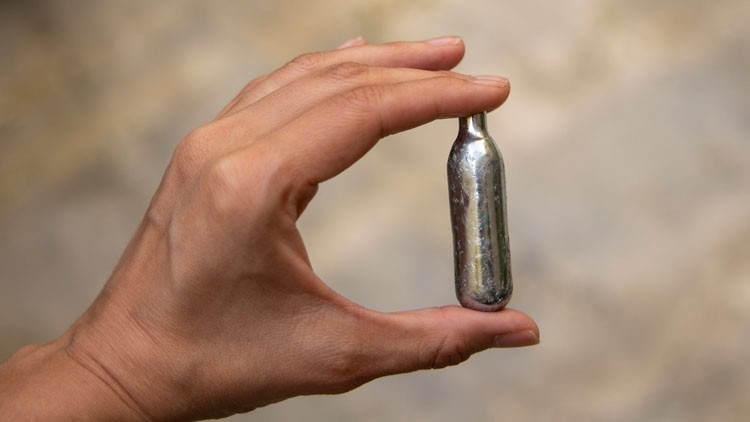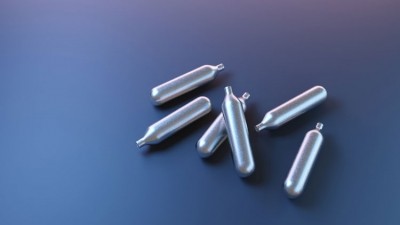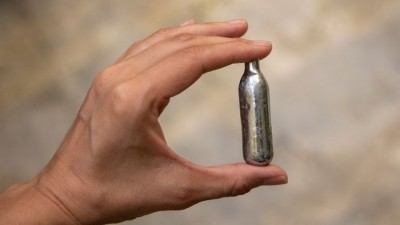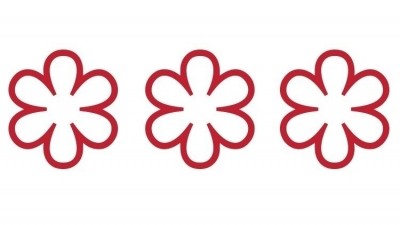The Lowdown: The ban on nitrous oxide

This is no laughing matter
Too right. Those little silver chargers are vital in making the lightest of foams for desserts, cocktails and, of course, potato espuma.
Is it time for restaurants and bars to start panic-buying canisters?
No. As part of its communication on the so-called ban the Government acknowledges that there are ‘a range of legitimate uses for nitrous oxide, such as in medicine, dentistry and as a propellant for whipped cream canisters’.
But if nitrous oxide is banned, how are chefs and bartenders supposed to get hold of it?
We’ve contacted the Home Office and a spokesperson said that a public consultation would be launched in order to ‘develop a solution with appropriate provisions to allow legitimate use’.
They haven’t really thought about that bit yet then
Looks like it. It seems likely that businesses that have a legitimate reason to buy nitrous oxide won’t have too much of a problem getting it from catering wholesalers, but it could complicate things for freelance chefs. Presumably, it also spells the end for enthusiastic amateurs using N2O-powered siphons at home. It should be pointed out that it’s already illegal to produce or supply the gas for its psychoactive effects under the Psychoactive Substances Act 2016. The proposed ‘ban’ will make possessing laughing gas a criminal offence for the first time with the change one of several new measures to crack down on anti-social behaviour.
What have wholesalers got to say about all of this?
An equipment industry source says that most reputable wholesalers already vet who buys canisters in an effort to comply with the Psychoactive Substances Act. They believe that the Government is coming at the problem from the wrong direction, and that a much simpler fix would be requiring that wholesalers hold an import license for the substance as is the case for many other prohibited goods. This would make it much more difficult for the innumerable eBay sellers, dodgy websites and corner shops that supply the product for potential use as a drug (we hear the latter often give away the balloons necessary to inhale it with for free).
How do nitrous oxide-charged siphons actually work?
Chefs create a smooth mix that includes some ingredients that are able to hold a foam (often cream and or eggs) and add to the siphon before charging it with nitrous oxide. This increases the pressure in the siphon and forces the gas to dissolve into the liquid (it’s crucial to shake the container to distribute the gas evenly). When the trigger is pulled, the rapid drop of pressure causes the gas to leave the liquid thereby creating bubbles that expand into foam. N2O-powered siphons can also be used to speed up marination.
Is there a way to get a similar culinary effect using something else?
Not really. As well as getting people high as a kite, nitrous oxide is excellent at aerating things that are high in fat. Siphons can also be charged with carbon dioxide canisters but that won’t have the same effect.
Is this really going to happen? The polls suggest the Tories will be out soon...
To read some of the coverage you’d think the ban is imminent, but that’s not the case. The bill is at an early stage and consultations and implementation take time. It could well be that this ‘ban’ does not come into force before the next election.





















